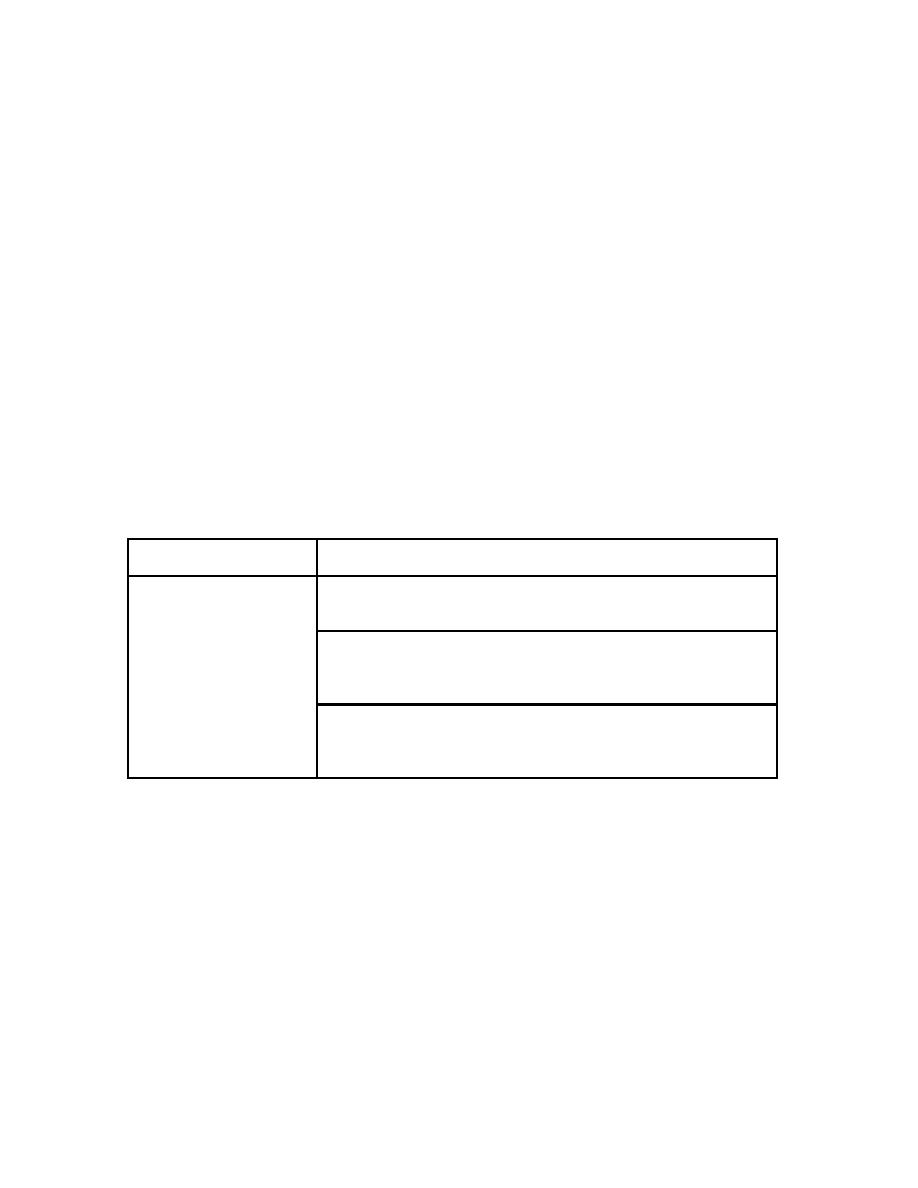 |
|||
|
|
|||
|
Page Title:
Table 3-3 Recommended Straight Wind Missile Barriers for Performance Categories 3 and 4 |
|
||
| ||||||||||
|
|  DOE-STD-1020-2002
to determine the most unfavorable effect of wind on the SSCs being considered. The SD
load combinations shall be used along with nominal strength and strength reduction factors.
A minimum missile criteria is specified to account for objects or debris that could be picked
up by straight winds, hurricanes or weak tornadoes. A 2x4 timber plank weighing 15 lbs is
the specified missile. This missile represents a class of missiles transported by straight
winds, hurricanes and weak tornadoes. Recommended impact speed is 50 mph at a
maximum height of 30 ft above ground. The missile will break annealed glass; it will
perforate sheet metal siding, wood siding up to 3/4-in. thick, or form board. The missile
could pass through a window or weak exterior wall and cause personal injury or damage to
interior contents of a building. The specified missile will not perforate unreinforced concrete
masonry or brick veneer walls or other more substantial wall construction. See Table 3-3 for
recommended wall barriers (Ref. 3-7).
Table 3-3 Recommended Straight Wind Missile Barriers
for Performance Categories 3 and 4
Missile Criteria
Recommended Missile Barrier
2x4 timber plank 15 lb @ 50
8-in. CMU wall with trussed horizontal joint reinforced
mph (horiz.)
@ 16 in. on center
Single width brick veneer with stud wall
Max. height 30 ft.
above ground
Performance Category 3
4-in. concrete slab with #3 rebar @ 6 in. on center each way in middle of
Max. height 50 ft.
slab
above ground
Performance Category 4
Tornadoes
For those sites requiring design for tornadoes, the criteria are based on site-specific
studies, as presented in Reference 3-14. Other non-NNSA sites may utilize the same
methodology to develop their tornado hazard curves.. An annual exceedance probability of
1x10-3, which is the same for straight wind, could be justified. As explained in Appendix D,
a lower value is preferred because (1) the straight wind hazard curve gives wind speeds
larger than the tornado hazard curve and (2) a lower hazard probability can be specified
without placing undue hardship on the design. The basic tornado wind speed associated with
an annual exceedance probability of 2x10-5 is recommended for Performance Category 3.
The wind speed obtained from the tornado hazard curve are already converted from peak
gust to fastest quarter-mile; use importance factor of 1.0 for Performance Category 3. For
3-7
|
|
Privacy Statement - Press Release - Copyright Information. - Contact Us |